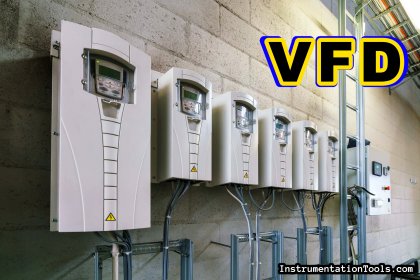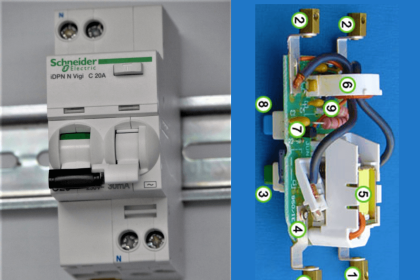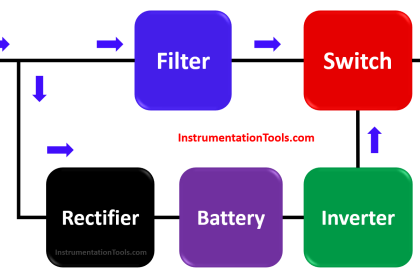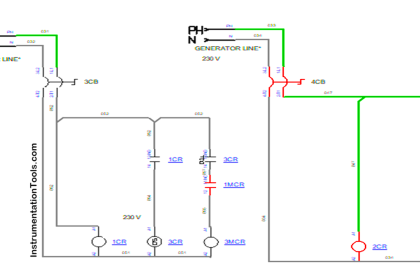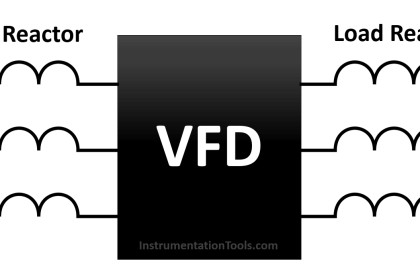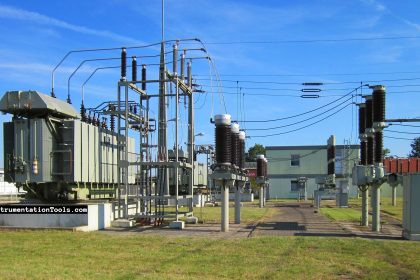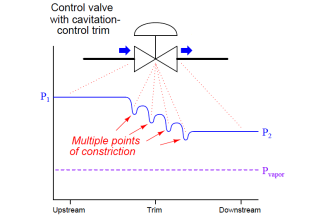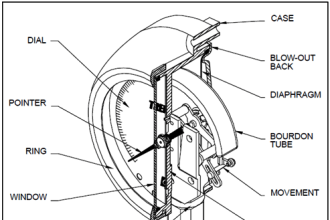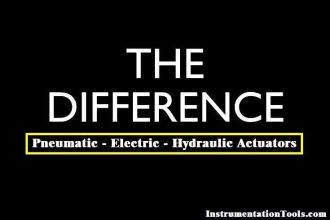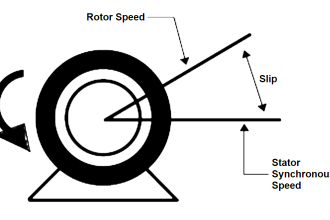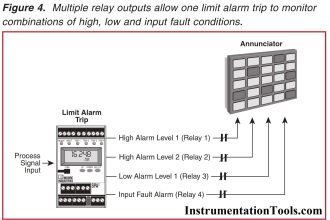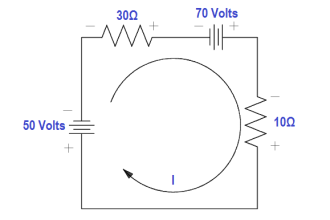When you are working in VFD, we know how it varies the speed of the motor as per our demand. The AC power given to the motor varies according to the speed reference given. But, it is also a concept that for motors, when we stop them, a reverse energy flows from the motor to the VFD. It is a unique thing, but obviously creates a nuisance for the VFD. To address this, a device called a dynamic braking resistor is used. It is widely used for motors where a VFD is employed. In this post, we will see the use of a dynamic braking resistor in VFD.
How does a VFD function?
First of all, let us understand how a VFD works. A VFD can take input power in either single-phase or three-phase. Once taken, the AC power is first converted to DC power using rectifiers inside. The DC power is then smoothed through filters to remove noise. Now, according to the speed reference required, the DC power is then converted back to AC power through inverters, which will use the pulse width modulation technique, and give a variable pulse according to the frequency required. This variable AC power is then fed to the motor, through which the speed of the motor is varied. As the pulse width is balanced for the frequency to be maintained, the VFD output is always three-phase and not single-phase. The main component in the VFD for creating variable balanced pulses is the IGBT, which is a semiconductor used in these applications.
What is the issue when the motor stops through VFD?
Let us now verify the main point where the issue occurs when the motor stops on releasing the VFD power. We know that the motor rotates by converting electrical energy into mechanical energy ( through a rotating magnetic field, which the rotor follows for motion). When the motor is moving, kinetic energy is stored inside it, corresponding to the speed at which it is moving (moment of inertia and angular velocity). So, the higher the speed, the higher the kinetic energy stored. When the VFD power is stopped, the power supply to the motor will stop. But, as the motor has accumulated kinetic energy inside, it is enough for the motor to move freely for a few moments, in spite of power removal.
In this case, the motor will now act as a generator ( it converts mechanical energy into electrical energy) and give reverse power to the VFD. All the components inside the VFD will now act in a reverse way – the inverter will first act as a rectifier for taking AC power into DC power. This DC power is very high enough for the VFD to operate in off condition, which will damage the internal components. So, this issue is bad when the motor stops in case of VFD usage, and causes a DC overvoltage trip in the VFD every time. To address this issue, we will now see the use of dynamic braking resistors.
What is a dynamic braking resistor?
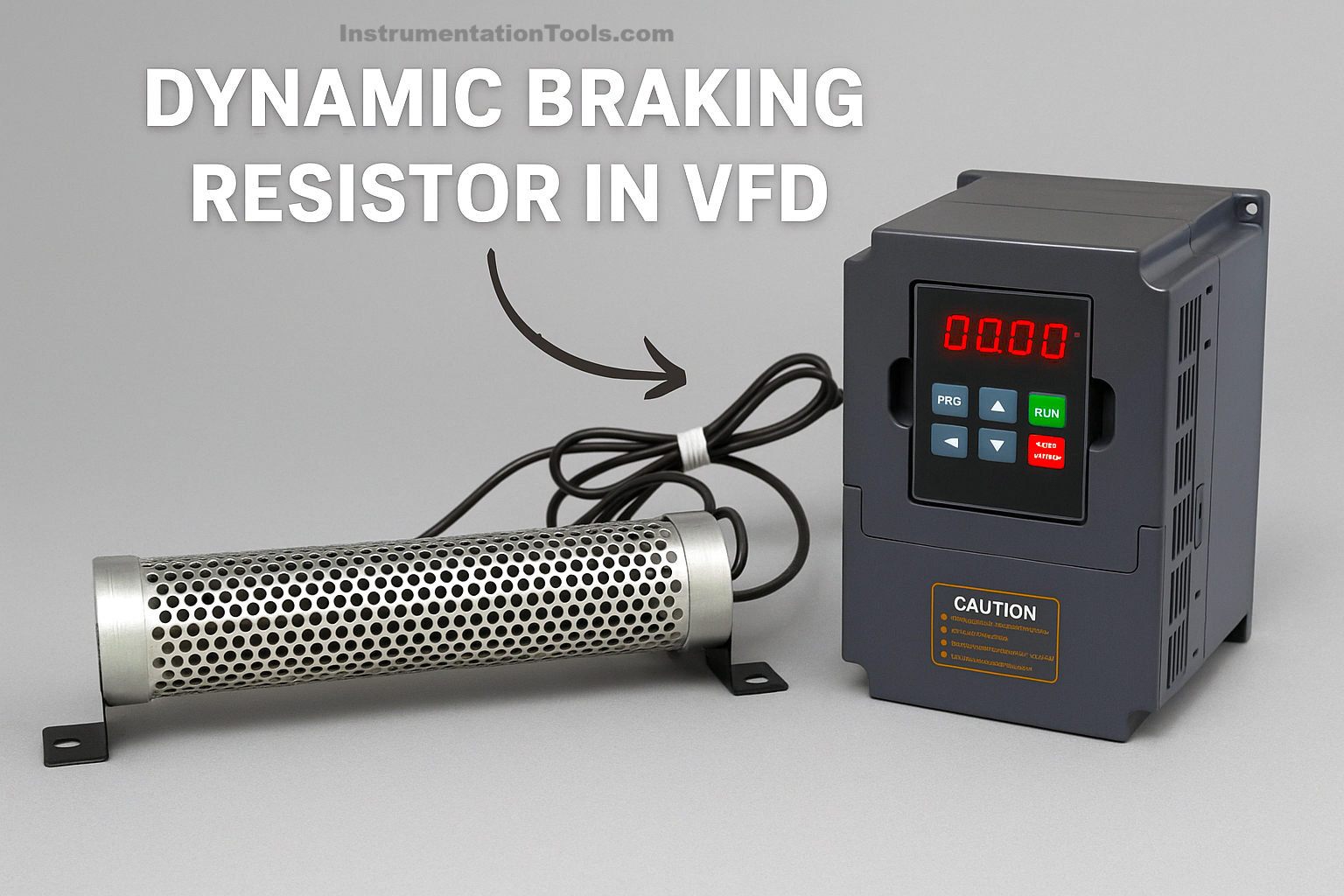
A dynamic braking resistor, or DBR, is a component that acts as a resistance for blocking the flow of current through it. It is used to consume the dissipated regeneration energy from the motor when it stops. A VFD has two terminals: DC+ and DC-. The DBR is connected to this DC bus, and not between the AC output lines of the motor and the VFD output. Now, between the inverter in VFD and the three-phase output, a braking chopper is used. When the regeneration energy comes from the motor, the chopper detects it and diverts this energy into the DC bus terminal, where the DBR will absorb it. Due to this, the current will not flow further, and the heat and power have thus been dissipated safely into the DBR. Some VFDs will have in-built braking choppers, whereas some will require it externally; so, contact the VFD vendor for more details.
DBR
Now, a general question arises – if this is the case, then DBR will be required in every application where VFD is used. But this is not the case, as DBR is used based on the following factors:
- Used when your regeneration DC voltage is too high and will store a large amount of kinetic energy. This can be checked in your VFD catalogue about the maximum energy it can withstand. If your practical energy exceeds, then only DBR will be required.
- When your application requires quick stopping, then DBR will be required (the VFD can apply higher braking torque to the motor, as DBR will absorb the extra energy present inside the motor). If it is normal for the system to decelerate slowly, then the VFD too will accept the energy slowly and not affect the performance. Mostly, heavy loads like large fans, cranes, elevators, and big conveyors will stop slowly due to the high amount of inertia stored, and so, depending upon your application and deceleration time, the use of DBR is advisable.
- If you are starting or stopping the motor frequently, there is a chance that not all the energy will be dissipated fully without DBR, as VFD alone cannot withstand that. So, such applications require DBR, as it aids in quickly absorbing the released energy.
In this way, we saw the use of a dynamic braking resistor in VFD.
Read Next:
- VFD Pros and Cons
- PLC System Design
- Learn PID in Studio 5000
- PLC Control VFD with Modbus
- Allen Bradley Powerflex VFD
